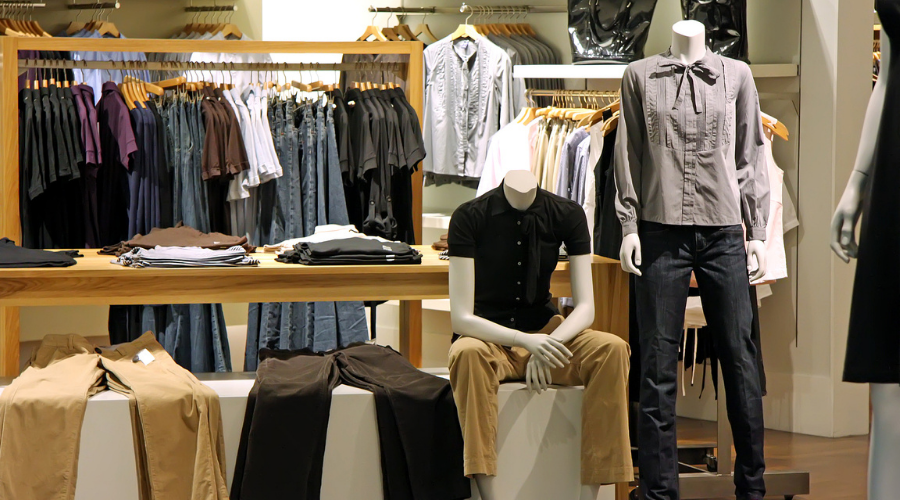Using Video Surveillance Technology to Derive Retail Marketing and Merchandising Insights Across Multiple Stores

Video intelligence can unlock a wealth of merchandising and marketing information for retailers, especially when compared across multiple sites. Like most multi-site businesses, retail locations need the ability to record video locally on-site, but also seek to gain valuable insights through advanced video analytics across sites.
When video analytics software is applied appropriately, retailers can deepen their understanding of who their customers are, how they navigate their stores, and which products attract their attention the most. In turn, they can leverage video data for multi-site analysis to measure engagement with displays, advertisements, and particular products.
Video analytic software is helpful because it aggregates video data over time and visualizes insights into customizable dashboard reports, which retailers can use to gain business intelligence on their merchandising and marketing strategies. With charts, graphs, and heatmaps demonstrating the aggregated data, retailers are delivered operational and business intelligence regarding footfall traffic, customer demographics, and more that drive important decision-making. Such reports also can be shared across departments to break down silos. Reliable data for each store within a retail chain, along with easy, shareable reports that compare data points – both at the individual store level as well as nationally and internationally across a retail chain help marketing and merchandise managers make important cases for change to executives.
Uncover Demographic Intelligence to Target Audiences
Analyzing accurate customer demographic and visitor statistics with video analytic software can lead to marketing and merchandising managers uncovering the audiences they’re reaching and identify potential new target audiences.
By leveraging heatmaps and dashboard reporting to understand how various customer segments typically navigate retail locations, as well as how long shoppers tend to spend in different store areas, near advertisements, and around product displays. With this actionable business intelligence, retailers can make strategic decisions about customer preferences, optimize merchandising and targeting and, as a result, increase conversions.
Marketing managers need to know demographic statistics such as the gender and age (men vs. women vs. children) of the shoppers who typically enter their store, or chain of stores, and video analytics can help them discover this. This information can help drive targeted advertising and merchandising for audiences that already frequent the store, as well as to attract new visitors and loyal customers.
Marketing managers can use the data gathered in stores across a region or country to better understand their typical customer profile and consider how to expand their reach into new target audiences. By understanding who shops where and when, and what they buy, managers can cater their marketing efforts towards those audiences, and make better advertising, promotions, and purchasing decisions to drive traffic and revenue.
For instance, aggregated data across sites of a children’s store, which is traditionally marketed towards moms of small children, could uncover that all parents visit the store equally. The marketing managers originally created their strategy based off traditional marketing tactics, and would not have gained this insight without visual video analytic software analysis. This insight could change their overall marketing strategy and therefore attract a new audience that had never seen advertising for the store before.
Tracking Footfall to Improve Merchandising and Marketing
With accurate store footfall data that excludes staff from reporting, retailers can determine unique customer visit frequency, as well as bounced visits to a store, specific display, or advertisement. Video analytic software can help uncover how much time customers spend in a queue, identify traffic jams and crowd formations, and pinpoint where bottlenecks typically occur in stores and parking lots. By identifying inefficient store navigation trends, merchandise managers can optimize store layout and product placement to streamline the customer experience and improve customer engagement, which ultimately boosts the bottom line.
Multi-site businesses are often challenged to understand why certain sites are more successful, productive or optimized effectively than others, and leadership is tasked with determining what causes the success, how less profitable stores can be optimized to drive more traffic and sales, or what measures can be put in place across all locations.
Video analytic software and intelligence is key to understanding, and remedying, these discrepancies. Searchable and actionable video increases productivity when creating marketing and merchandising strategies and therefore increases the return on investment. Obtaining critical aggregated and centralized data across stores and regions for chain-wide analytics on statistics, such as footfall and in-store navigation, advertisement and display engagement, return and bounced visitor rates, and customer demographics can help retailers optimize and streamline merchandising strategies by applying general understandings to all locations, versus one-off at individual sites.
Signup to receive a monthly blog digest.